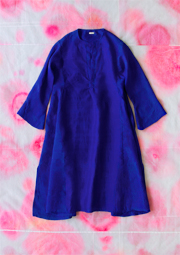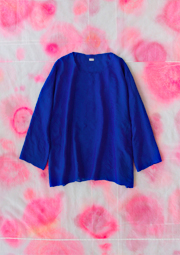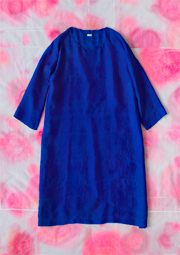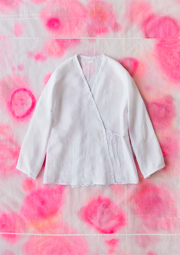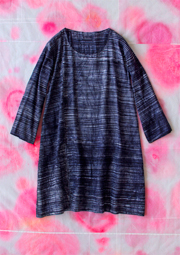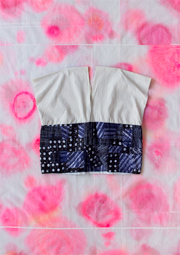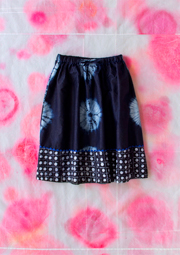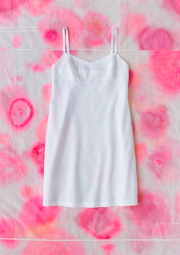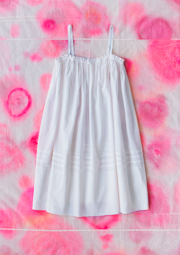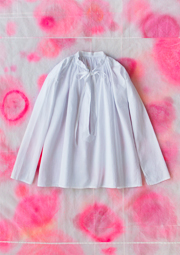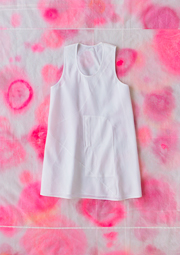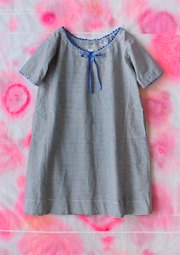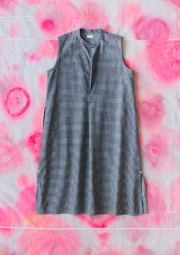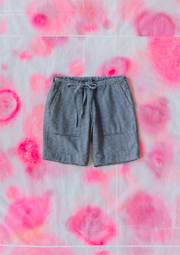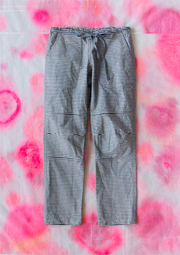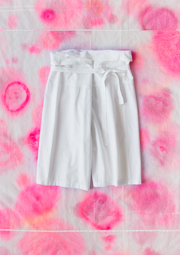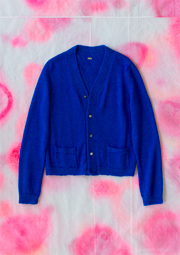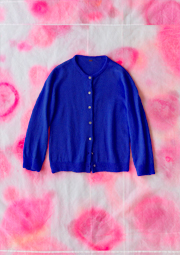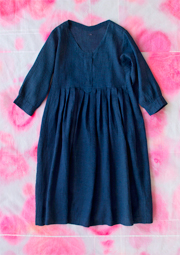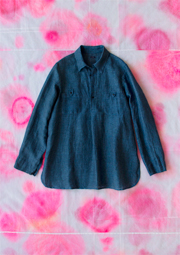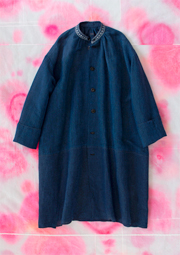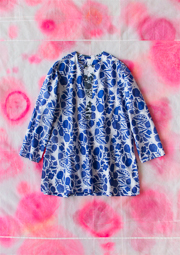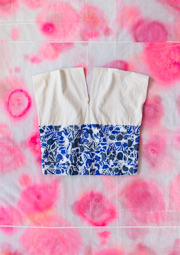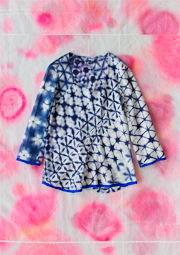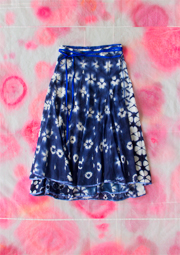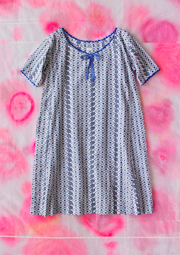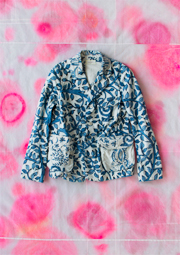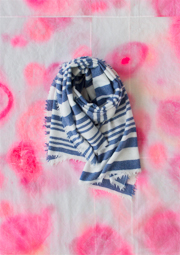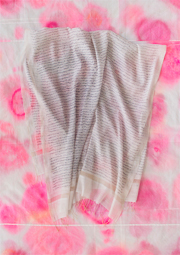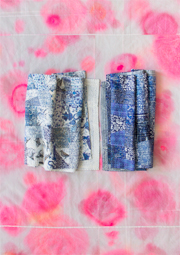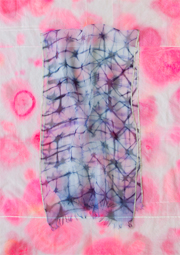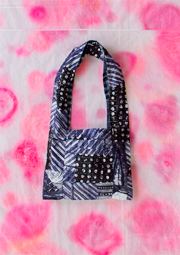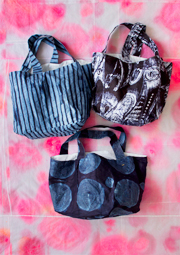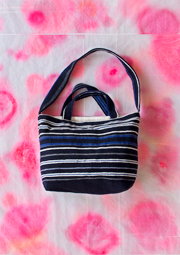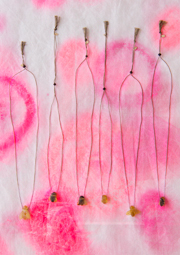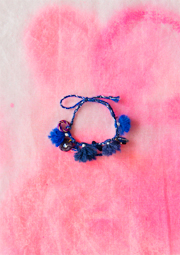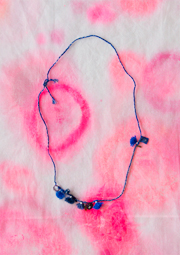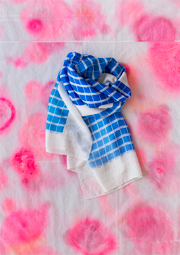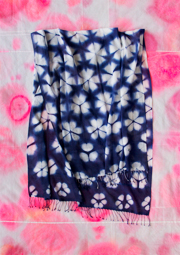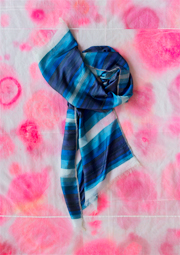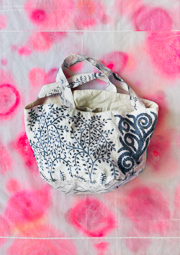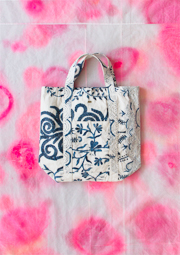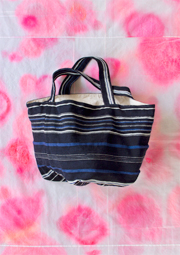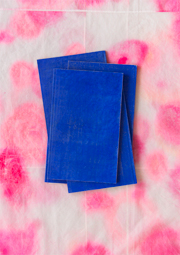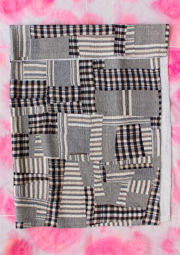spring 2015
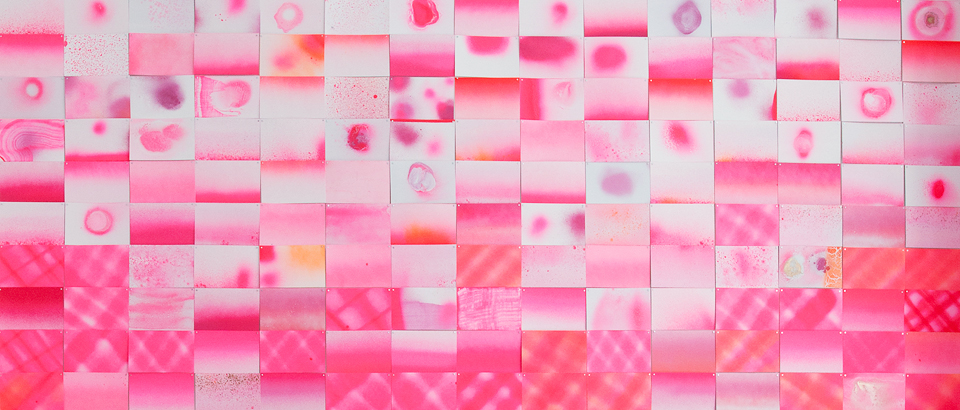
spring 2015
The Miao of Guizhou, China, spend each day physically connected to indigo: sowing, cultivating, harvesting, or dyeing with it, as if by intuition. During my visits, I observed how the Miao use their textiles as cultural storytellers, preserving generations of history and traditions through the making and dyeing of cloth. Dressed head to toe in layers of indigo interrupted by accents of pink along the collar or cuff of a jacket, the women’s traditional costumes are a moving study in the varied expressions and personalities of this mystical color.
Expressive, handpainted kalamkari fabrics are inspired by India’s traditional mata ni pachedi made by the nomadic Vaghi, who use the narrative temple cloths as improvised outdoor shrines. Artist Gasali Onireke Adeyemo employs traditional Yoruban techniques to create his African resist prints. With a crudely carved kitchen sponge dipped in cassava paste, he paints a series of freehand lines and shapes onto white fabric. Several indigo dips later, the cloth emerges blue with contemplative linear patterns. Floral motifs painted by artist Makoto Kagoshima are translated onto fabric using Indian wood block printing techniques. With meticulous effort and the sparest of tools, an artisan lays out a 12-meter length of white fabric, corners plumb to the table’s edge using thread as a guide. By eye, he stamps out the design in perfect alignment, block by block, row by row, in a rhythmic meditation.
header photo: Gustavo Ten Hoever
postcards: Sam Schonzeit
background art work: Sam Schonzeit
